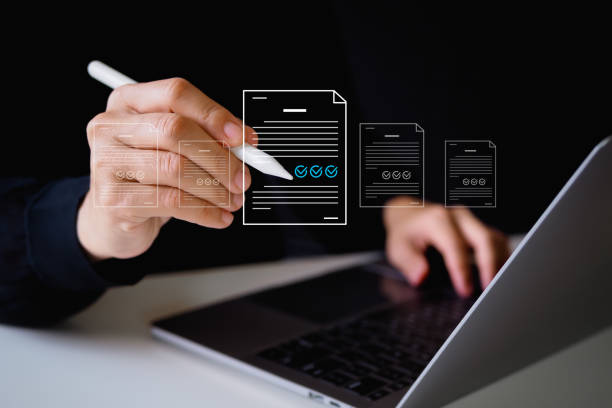What is On-Page SEO and Why is it Important?
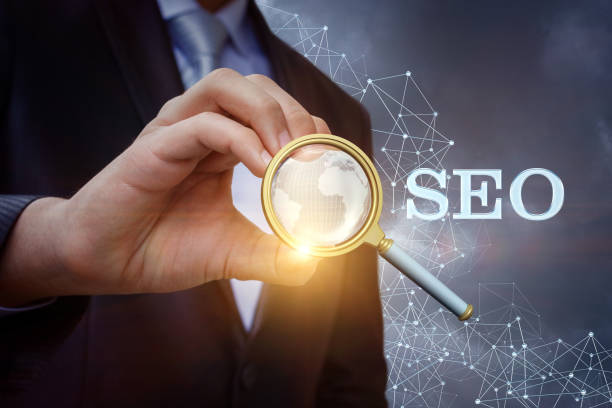
#On-Page_SEO refers to a set of actions you perform within your website to improve its ranking in search engines like Google.
These actions include optimizing content, site structure, keywords, and other internal elements of the website.
SEO is important because it helps search engines better understand your site’s content and display it to relevant users.
Without proper On-Page SEO, even the best content might not be seen.
The importance of On-Page SEO is undeniable, and special attention must be paid to it for good search engine rankings.
Search engines analyze and rank web pages using complex algorithms.
On-Page SEO helps you optimize your website in a way that is compatible with these algorithms.
For example, using relevant keywords in titles and meta descriptions tells search engines what your page is about.
Also, a proper site structure and internal linking help search engines easily find your site’s pages and understand the relationships between them.
This leads to the improvement of On-Page SEO.
On-Page SEO is directly related to content and site structure optimization and should be given attention.
Finally, On-Page SEO also plays a significant role in User Experience (UX).
A website with a proper structure, relevant content, and fast loading speed provides a better experience for users, making them spend more time on your site.
This, in turn, can help improve your site’s ranking in search engines.
Tired of losing customers due to poor e-commerce website design? With Rasawab, solve this problem forever!
✅ Increase sales and convert visitors into customers
✅ Smooth and engaging user experience for your customers⚡ Get Free Consultation
Keyword Research; an Essential Step in On-Page SEO
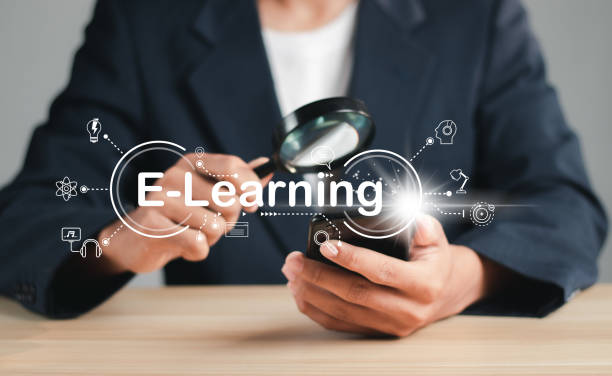
Keyword Research is the process of identifying the words and phrases users use to search for information in search engines.
These keywords should be relevant to your business and your site’s content.
Choosing the right keywords is the first step towards successful On-Page SEO.
By identifying suitable keywords and using them in your site’s content, you can attract more organic traffic to your site.
To conduct keyword research, you can use various tools such as Ahrefs, Moz Keyword Explorer, Ubersuggest, and Google Keyword Planner.
These tools help you find search volume, competition level, and related keywords.
Also, you can use other methods such as analyzing competitor websites, examining frequently asked user questions, and utilizing Google’s suggested tools.
When choosing keywords, pay attention to two important points: First, keywords must be relevant to your business and your site’s content.
Second, keywords should have a suitable search volume but not high competition.
In other words, you should choose keywords that both attract sufficient traffic to your site and are feasible to rank for.
In the discussion of On-Page SEO, this topic is of paramount importance
Optimizing Titles and Meta Descriptions

Titles and Meta Descriptions are two important elements in On-Page SEO that are displayed to users in search results.
The page title is the most important ranking factor in search engines and must be carefully optimized.
The page title should be short, engaging, and relevant to the page’s content.
Also, it should include the main keyword of the page.
The meta description is a summary of the page’s content displayed below the page title in search results.
The meta description should be engaging and persuasive, encouraging users to click on your page’s link.
Also, it should include the main keyword of the page and provide useful information about the page’s content.
To optimize titles and meta descriptions, pay attention to the following points: The page title should be a maximum of 60 characters.
The meta description should be a maximum of 160 characters.
Use the main keywords of the page in the title and meta description.
The title and meta description should be engaging and relevant to the page’s content.
Avoid using duplicate titles and meta descriptions.
Below you can see two tables for optimizing titles and meta descriptions
| Feature | Title | Meta Description |
|---|---|---|
| Max Length | 60 characters | 160 characters |
| Purpose | Attract clicks and high ranking | Attract clicks and provide summary |
| Keywords | Includes main keyword | Includes main keyword and related keywords |
| Tips | Description |
|---|---|
| Uniqueness | Each page should have a unique title and meta description. |
| Relevance | Titles and meta descriptions must be relevant to the page’s content. |
| Attractiveness | Titles and meta descriptions should be engaging and persuasive. |
| Call to Action | Using Call to Action phrases can increase click-through rates. |
Content Optimization; The King of On-Page SEO

Content is the king of On-Page SEO.
High-quality, valuable, and user-relevant content is one of the most important ranking factors in search engines.
High-quality content not only helps improve your site’s ranking but also makes users spend more time on your site and become loyal customers.
To produce high-quality content, pay attention to the following points: Your content should be unique and fresh.
Avoid copying content from others.
Your content should be relevant to user needs.
Answer users’ questions and problems.
Your content should be readable and understandable.
Use short paragraphs and simple sentences.
Your content should be optimized for keywords.
Use relevant keywords in titles, text, and images.
Your content should have a proper structure.
Use titles, subtitles, and lists to organize content.
In the discussion of On-Page SEO, content optimization is of paramount importance and should be done thoroughly and accurately.
On-Page SEO and content creation have a reciprocal relationship that, together, improve site performance.
Losing potential customers due to an unprofessional website? Rasawab is your answer! With our specialized corporate website design services:
✅ Enhance your business’s credibility and standing
✅ Experience attracting more targeted customers
⚡ Act now to get a free consultation!
Optimizing Images and Videos
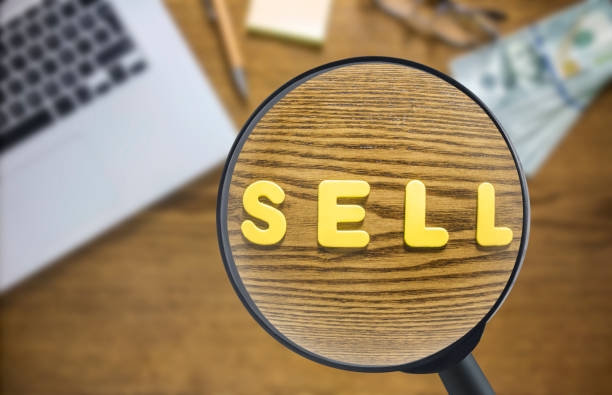
Images and videos play an important role in the attractiveness and user engagement of your website.
But if images and videos are not properly optimized, they can have a negative impact on your site’s SEO.
Optimizing images and videos includes the following: Using appropriate file names: File names for images and videos should be relevant to their content and include related keywords.
Using Alternative Text (Alt Text): Alt text helps search engines understand the content of images.
Alt text should be short, descriptive, and relevant to the image’s content.
Compressing images and videos: Large images and videos can slow down your site’s loading speed.
Compressing images and videos helps reduce their size without significantly compromising their quality.
Using appropriate format: JPEG and PNG formats are suitable for images, and MP4 format for videos.
Using title and description tags: Title and description tags help search engines understand the content of videos.
By optimizing images and videos, you can both improve user experience and enhance your site’s ranking in search engines.
On-Page SEO for images and videos is considered one of the most important parts of On-Page SEO.
Proper URL Structure

A proper URL structure is an important factor in On-Page SEO.
URLs should be short, descriptive, and relevant to the page’s content.
Also, URLs should use relevant keywords and avoid unnecessary characters.
URLs should be understandable to both users and search engines.
URLs should not include long IDs or unnecessary parameters.
URLs should be separated by hyphens (-).
URLs should use lowercase letters.
URLs should be as short as possible.
A good URL structure helps search engines better understand your site’s structure and easily find your pages.
This, in turn, can help improve your site’s ranking in search engines.
In On-Page SEO, it is important that your site’s URLs are optimized so that users and search engines can easily understand them.
Internal Linking; Site Navigation
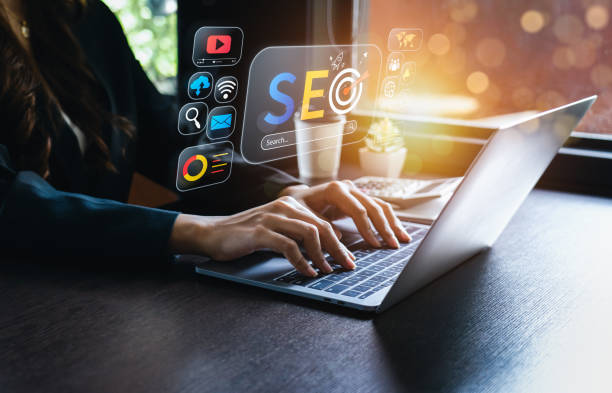
Internal Linking refers to the process of linking from one page to another within your website.
Internal linking plays an important role in On-Page SEO and helps search engines better understand your site’s structure and easily find your pages.
Also, internal linking helps users easily navigate your site and find the information they need.
Internal linking should be done strategically.
Links should be relevant to the page’s content and link to important pages of your site.
Also, links should use appropriate text (Anchor Text).
Anchor text is text that is relevant to the content of the page it links to.
Internal linking is one of the main pillars of On-Page SEO and should be given special attention.
| Benefit | Description |
|---|---|
| Improved Navigation | Helps users easily move around the site. |
| Improved Ranking | Helps search engines understand the site structure. |
| Strengthen Important Pages | By linking to important pages, you increase their value. |
| Increased Dwell Time | Encourages users to browse more on the site. |
Site Loading Speed; A Crucial Factor in On-Page SEO
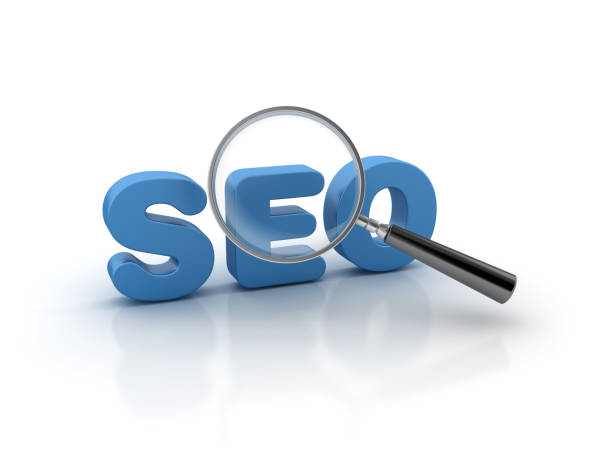
Site loading speed (Page Speed) is an important factor in user experience and On-Page SEO.
Users expect web pages to load quickly.
If your site’s loading speed is low, users may leave your site and visit competitor sites.
Site loading speed directly impacts the Bounce Rate and Time on Page.
To improve your site’s loading speed, you can take the following actions: Compress images and videos.
Enable browser caching.
Reduce the number of HTTP requests.
Use a CDN (Content Delivery Network).
Optimize HTML, CSS, and JavaScript code.
Choose a suitable hosting provider.
Use site speed testing tools like Google PageSpeed Insights and GTmetrix.
These tools help you identify issues related to your site’s loading speed and find appropriate solutions to resolve them.
The On-Page SEO of site speed has a significant impact on your site’s ranking.
Disappointed with your e-commerce site’s low conversion rate? Rasawab transforms your e-commerce site into a powerful tool for attracting and converting customers!
✅ Significant increase in visitor-to-buyer conversion rate
✅ Unparalleled user experience to increase customer satisfaction and loyalty⚡ Get free consultation from Rasawab!
Mobile Optimization; An Inevitable Necessity

Given the ever-increasing use of mobile devices, Mobile Optimization has become an indispensable necessity in On-Page SEO.
Google prioritizes websites that are optimized for mobile and places them higher in search results.
To optimize your site for mobile, you should use Responsive Design.
Responsive design means that your site automatically adapts to the screen size of different devices.
Also, you should ensure that your site is easily navigable on mobile devices and users can easily find the information they need.
Testing the site on various devices is one of the requirements of On-Page SEO.
The Role of Schema Markup in On-Page SEO
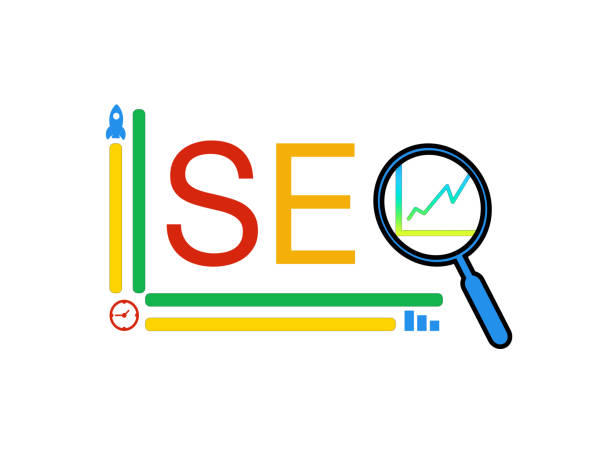
Schema Markup is a type of code that you can add to your website to help search engines better understand your site’s content.
Schema Markup provides more information about your page’s content to search engines and helps them properly categorize your content.
By using Schema Markup, you can provide information such as business name, address, phone number, operating hours, prices, user reviews, and other relevant details to search engines.
This information can be displayed as Rich Snippets in search results, leading to an increase in your site’s Click-Through Rate (CTR).
Using Schema Markup is an advanced On-Page SEO technique that can significantly impact your site’s ranking.
Frequently Asked Questions
| Question | Answer |
|---|---|
| What is On-Page SEO? | On-Page SEO involves optimizing elements that are directly under your control and within your website. Its goal is to help search engines better understand the page’s content and improve its ranking. |
| Why is On-Page SEO important? | On-Page SEO provides clear signals to search engines about the page’s content, improves user experience, and increases the chance of attracting organic traffic. |
| What are the most important On-Page SEO factors? | Keywords, Title Tag, Meta Description, URL structure, quality content, image optimization, and internal links are among the most important factors. |
| What is the role of the Title Tag in On-Page SEO? | The title tag is one of the most important signals for search engines and users, specifying the main topic of the page. It should include the main keyword and be engaging. |
| How important is the Meta Description? | The meta description does not directly affect ranking, but by encouraging users to click, it can improve the Click-Through Rate (CTR). |
| How to optimize images for On-Page SEO? | By using descriptive file names, appropriate alternative text (Alt Text) containing keywords, compression to reduce size, and correct dimensions. |
| What is the effect of Internal Links on SEO? | Internal links help search engines discover and index site pages, distribute authority (PageRank) across the site, and improve user navigation. |
| Is page loading speed an On-Page SEO factor? | Yes, page loading speed is a crucial factor in On-Page SEO and user experience. Slower pages can lead to higher bounce rates and lower rankings. |
| What are the characteristics of quality content for On-Page SEO? | Quality content should be comprehensive, unique, relevant, trustworthy, readable, and fully answer users’ needs and questions. |
| How can keywords be used in content? | Keywords should be used naturally in titles, subtitles, the first paragraph, the body text, and image alt text. Avoid keyword stuffing. |
And other services of Rasa Web Advertising Agency in the field of advertising
Smart Advertorials: A novel service for increasing customer acquisition through marketing automation.
Smart Brand Identity: A creative platform for improving website traffic with engaging UI design.
Smart Link Building: A specialized service for enhancing SEO ranking based on Google Ads management.
Smart Advertorials: An effective tool for increasing click-through rates with the help of intelligent data analysis.
Smart Digital Advertising: A specialized service for boosting sales based on the use of real data.
And over hundreds of other services in the field of internet advertising, advertising consulting, and organizational solutions
Internet Advertising | Advertising Strategy | Advertorials
Sources
On-Page SEO TrainingOn-Page SEO TutorialOn-Page SEO ChecklistWhat is On-Page SEO?
? To reach the peak in the digital world and experience fast and targeted website design, join Rasaweb Afarin Digital Marketing Agency.
📍 Tehran, Mirdamad Street, next to the Central Bank, Kazeroon Jonubi Alley, Ramin Alley, No. 6



